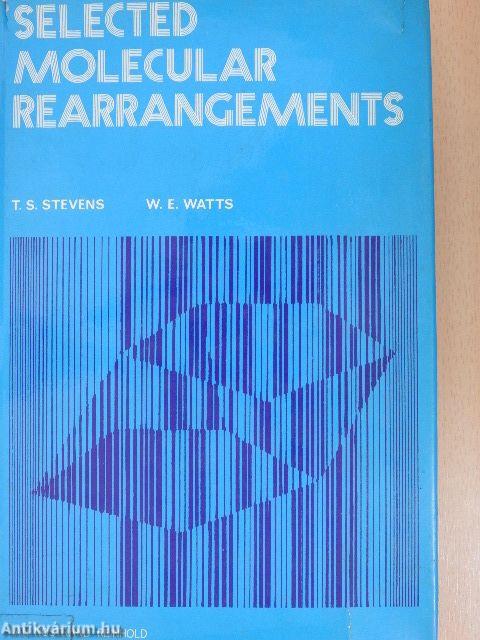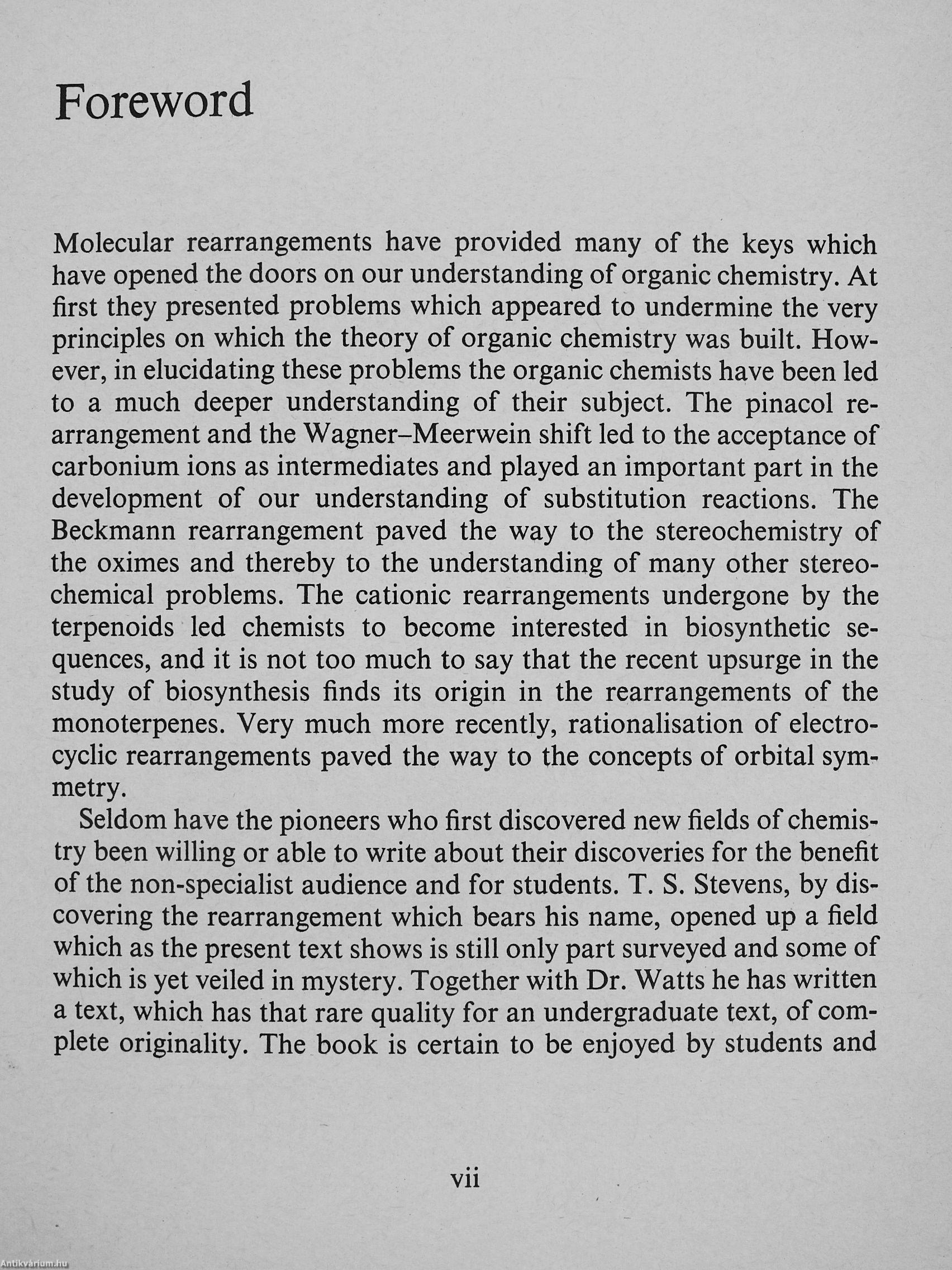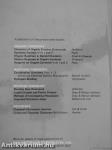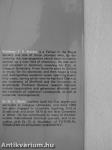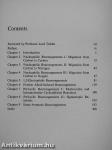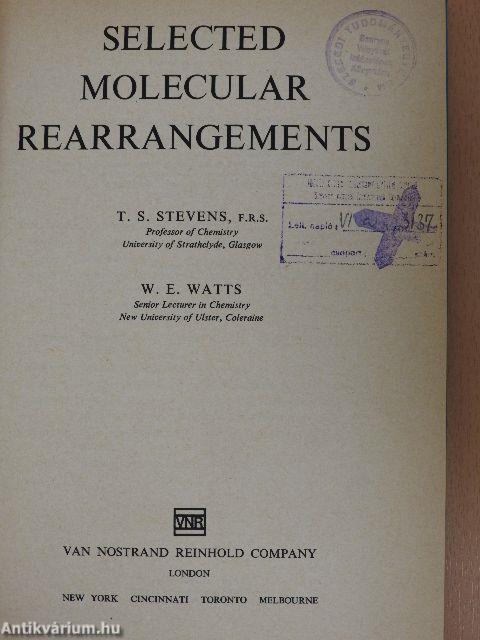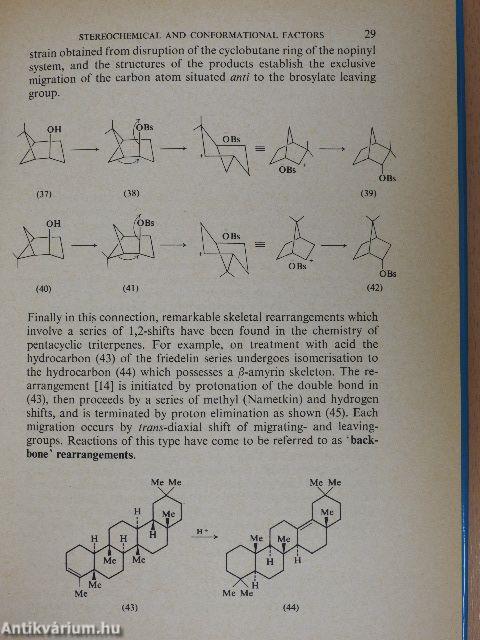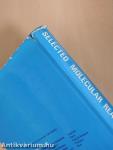1.068.104
kiadvánnyal nyújtjuk Magyarország legnagyobb antikvár könyv-kínálatát

VISSZA
A TETEJÉRE
JAVASLATOKÉszre-
vételek
Selected Molecular Rearrangements
| Kiadó: | Van Nostrand Reinhold Company |
|---|---|
| Kiadás helye: | London |
| Kiadás éve: | |
| Kötés típusa: | Fűzött keménykötés |
| Oldalszám: | 212 oldal |
| Sorozatcím: | |
| Kötetszám: | |
| Nyelv: | Angol |
| Méret: | 24 cm x 16 cm |
| ISBN: | 0-442-07983-4 |
| Megjegyzés: | Fekete-fehér ábrákkal. |
naponta értesítjük a beérkező friss
kiadványokról
naponta értesítjük a beérkező friss
kiadványokról
Előszó
TovábbFülszöveg
1
A selection of important new bools:
ORGANIC CHEMISTRY ^
Chemistry of Organic Fluorine Compounds Synthetic Peptides Vols 1 and 2 Organic Reactions in Steroid Chemistry Modern Reactions in Organic Synthesis Reagents for Organic Synthesis Vols 1 and 2
.ft
. j I
HudHcky Pettit
Fried Edwards
Timmons
Pizey
INORGANIC CHEMISTRY
Coordination Chemistry Vols 1-3
(American Chemical Society Monographs) MarteH (editor) Hydrogen Bonding Vinogradov
PHYSICAL'CHEMISTRY
Electron Spm Resonance Liquid Crystals and Plastic Crystals Methods of Investigating Mesophases Liquefied Petroleum Gases
iChemical Information Systems Condensed Chemical Dictionary 8th Edition
A therton
Gray & Winsor (editors) Gray l/Vinsor (editors) Williams Lorn
Ash & Hyde Hawley
Write for, details of these publications to^ 25 - 28 Buckingham Gate, London SW1E
Molecular rearrangements constituted a crack in the foundations of the structure theory as erected by Kekule and Couper, and have attracted three... Tovább
Fülszöveg
1
A selection of important new bools:
ORGANIC CHEMISTRY ^
Chemistry of Organic Fluorine Compounds Synthetic Peptides Vols 1 and 2 Organic Reactions in Steroid Chemistry Modern Reactions in Organic Synthesis Reagents for Organic Synthesis Vols 1 and 2
.ft
. j I
HudHcky Pettit
Fried Edwards
Timmons
Pizey
INORGANIC CHEMISTRY
Coordination Chemistry Vols 1-3
(American Chemical Society Monographs) MarteH (editor) Hydrogen Bonding Vinogradov
PHYSICAL'CHEMISTRY
Electron Spm Resonance Liquid Crystals and Plastic Crystals Methods of Investigating Mesophases Liquefied Petroleum Gases
iChemical Information Systems Condensed Chemical Dictionary 8th Edition
A therton
Gray & Winsor (editors) Gray l/Vinsor (editors) Williams Lorn
Ash & Hyde Hawley
Write for, details of these publications to^ 25 - 28 Buckingham Gate, London SW1E
Molecular rearrangements constituted a crack in the foundations of the structure theory as erected by Kekule and Couper, and have attracted three generations of organic chemists. Today this »s still an important and growing subject area presenting great problems and instigating lines of thought which have illuminated the whole of organic chemistry.
This book discusses the reaction mechanisms of a wide range of selected molecular rearrangements. Skeletal rearrangements present themselves as a minor, and often as a major, aspect of a great deal of organic reaction chemistry, including natural biogenetic processes. The authors have mapped the scope and incidence of these changes and of the basic known mechanisms. They have collated Individual types of rearrangement and related them to the general picture of organic chemistry. An important practical application is the development of general synthetic methods. "Seldom" writes Lord Tedder, Professor of Chemistry in the University of St. Andrews, "have the pioneers who first discovered new fields of chemistry been willing and able to write about their discoveries. Professor T. S. Stevens, by discovering the rearrangement which bears his name, opened up a field . , . some of which is still veiled in mystery. Together with Dr Watts he has written a text which has that new quality of complete originality, certain to be enjoyed for many years to come it will be a classic for its economy of words and clarity."
The book will be of interest to practitioners of organic chemistry in industry, notably dyestuffs, pharmaceuticals and pesticides; and to senior undergraduates and graduate students of chemistry. Academic staff will want to possess it for their own general enlightenment, and as an easily worked quarry for lecture material.
CONTENTS: Ch. 1 Introduction
Ch. 2 Nucleophilic Rearrangements I: Migration
from Carbon to Carbon Ch.3 Nucleophilic Rearrangements II: Migration
from Carbon to Nitrogen Ch. 4 Nucleophilic Rearrarigements III: Migration
from Carbon to Oxygen Ch. 5 1, 2-Electrophilic Rearrangements Ch. 6 Further Alkali-induced Rearrangements Ch. 7 Pericyclic Rearrangements I: Electrocyclic
and Concerted Cycloaddition Reactions Ch. 8 Pericyclic Rearrangements II: Sigmatropic Reactions
Ch, 9 Some Aromatic Rearrangements
mm
Stevens
IS a Fellow of the Royal Society and one of those pioneers who, by discovering the rearrangement which bears his name, opened up a new field of chemistry. He was born and educated in Scotland, receiving his B.Sc. at Glasgow University. From there he went to Oxford to study for his doctorate, and then began a long and distinguished academic career spanning nearly fifty years, during which time he has held Chairs at the University of Sheffield and the University of Strathclyde. Professor Stevens' research interests include isoquinoline and gelsemium alkaloids and the reactions of sulphonyl compounds, as well as molecular rearrangements.
^received both his first degree and doctorate at Glasgow University, and since 1964 has been engaged in university teaching, first at Strathclyde and since 1970 at the New University of Ulster. He has contributed to many of the best-known international chemical journals, and is coauthor, with Dr. D. C. Nonhebel, of TUTORIAL PROBLEMS IN ORGANIC CHEMISTRY. Vissza
Témakörök
- Idegennyelv > Idegennyelvű könyvek > Angol > Egyéb
- Idegennyelv > Idegennyelvű könyvek > Angol > Természettudományok > Kémia
- Természettudomány > Kémia > Idegennyelvű
- Természettudomány > Kémia > Szerves kémia
- Természettudomány > Kémia > Tankönyvek > Felsőoktatási
- Tankönyvek, jegyzetek, szöveggyűjtemények > Természettudományok > Kémia
- Tankönyvek, jegyzetek, szöveggyűjtemények > Természettudományok > Kémia > Felsőoktatási



